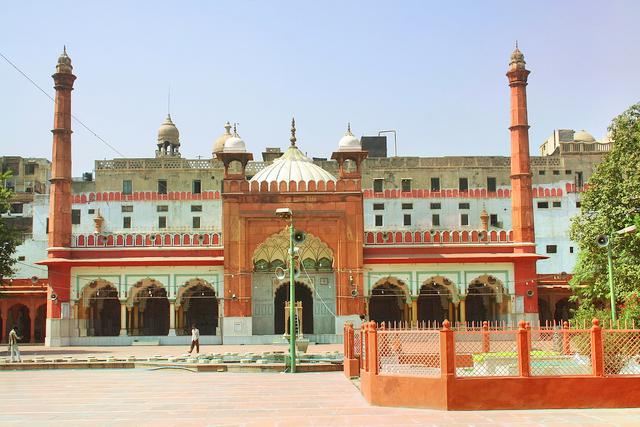
Fatehpuri Begum, one of emperor Shah Jahan's wives from Fatehpur Sikri, built Fatehpuri Masjid was in 1650. The British had auctioned the mosque after the 1857 war to Rai Lala Chunnamal for Rs. 19,000 (whose descendants still live in the Chunnamal haveli in Chandni Chowk, who preserved the mosque. Later in 1877, the government acquired it in exchange for four villages and was restored to the Muslims at the Delhi Durbar when the British allowed the Muslims back in Old Delhi. A similar mosque, called Akbarabadi Mosque, built by the Akbarabadi Begum, was destroyed by the British. The Khari Baoli, which is today Asia's largest spice market, gradually developed after the mosque's construction. Muslim festivals Id-ul-Fitr and Id-ul-Zuha are celebrated with great enthusiasm at the mosque. Mufti Mukarram Ahmad is the chief mufti and Imam of the mosque and has been Imam there for almost 42 years. Before him, Maulana Mufti Mohammad Ahmad (d. 21 October 1971/1391 AH) was Imam and mufti of the mosque. The mosque is built using red sandstone and has a fluted dome with mahapadma and kalash on the top. Flanked by minarets, the mosque has a traditional design, with the prayer hall having seven-arched openings. The mosque has single and double-storeyed apartments on the sides. Three arches flank the central iwan in the middle on each side.